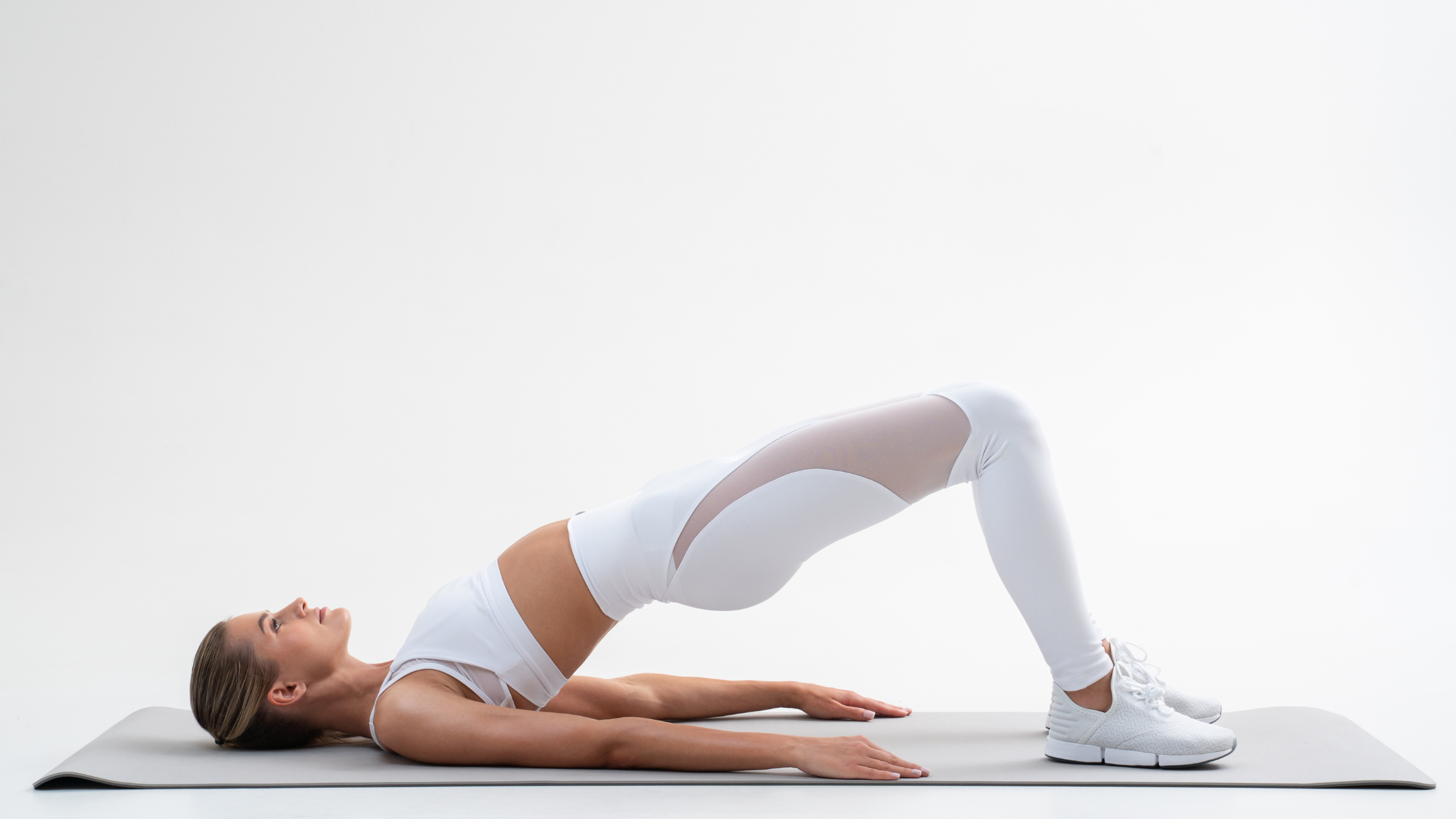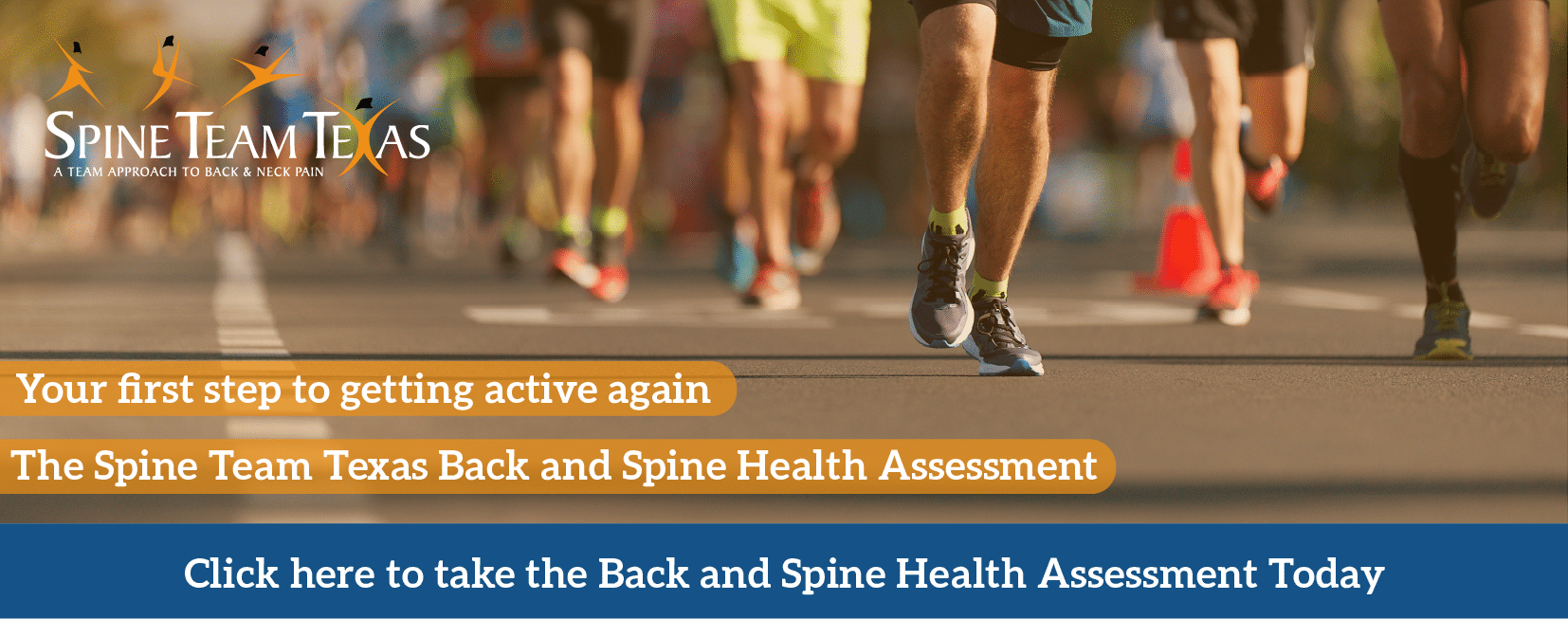A strong and healthy spine is essential for nearly every movement you make—from bending and lifting to sitting and standing tall. One of the most effective ways to protect your spine and prevent pain or injury is by strengthening your core muscles. Your core isn’t just your abs—it includes the muscles in your abdomen, back, pelvis, and hips that work together to stabilize your spine and keep your body aligned.
Let’s explore why your core matters and which exercises can best support spinal health.
Why Core Strength Matters for Spine Health
Your spine acts as the main support column for your body, and your core muscles are its stabilizers. When these muscles are weak, your spine takes on extra stress, leading to poor posture, back pain, and even long-term conditions like herniated discs or spinal misalignment.
A strong core helps by:
- Improving posture: Keeps your spine in a neutral, supported position.
- Reducing back pain: Stabilizes the lower back and decreases strain during movement.
- Enhancing balance and coordination: Supports everyday tasks and reduces risk of falls or injury.
- Preventing spinal degeneration: Reduces wear and tear by evenly distributing movement forces.
The Best Core Exercises for Spine Support
Before starting any new exercise routine, consult your healthcare provider—especially if you have back pain or a spinal condition. Once cleared, try incorporating these spine-friendly core exercises into your weekly routine.
1. Pelvic Tilt
A gentle but powerful move for beginners that strengthens the lower abdominal muscles and supports the lumbar spine.
How to do it:
- Lie on your back with knees bent and feet flat on the floor.
- Flatten your lower back against the floor by tightening your abdominal muscles.
- Hold for 5 seconds, then relax.
- Repeat 10–15 times.
2. Bridges
Bridges strengthen the glutes, lower back, and deep core muscles, promoting stability and spinal alignment.
How to do it:
- Lie on your back with your knees bent and feet hip-width apart.
- Tighten your core and lift your hips off the floor until your shoulders, hips, and knees form a straight line.
- Hold for 5–10 seconds, then slowly lower down.
- Repeat 10–15 times.
3. Bird-Dog
This exercise strengthens both the lower back and abdominal muscles while improving balance.
How to do it:
- Begin on hands and knees, with your wrists under shoulders and knees under hips.
- Extend your right arm forward and your left leg back until they’re in line with your torso.
- Hold for 5 seconds, keeping your back flat and hips level.
- Return to start and switch sides.
- Repeat 10–12 times per side.
4. Plank
Planks are one of the most effective full-core exercises, engaging your abs, obliques, shoulders, and back.
How to do it:
- Lie face down, then lift yourself onto your forearms and toes.
- Keep your body in a straight line from head to heels.
- Engage your core and hold for 20–60 seconds without letting your hips sag.
- Rest and repeat 2–3 times.
5. Dead Bug
This controlled movement strengthens the deep abdominal muscles while minimizing strain on the lower back.
How to do it:
- Lie on your back with your arms extended toward the ceiling and your knees bent at 90 degrees.
- Slowly lower your right arm and left leg toward the floor while keeping your back pressed into the mat.
- Return to starting position and switch sides.
- Repeat 10–12 times per side.
Bonus Tips for Core and Spine Health
- Maintain good posture: Keep your spine neutral when sitting, standing, or exercising.
- Stay consistent: Aim for core workouts 3–4 times a week.
- Include stretching: Gentle yoga or dynamic stretching helps maintain flexibility.
- Listen to your body: If you feel sharp pain, stop and adjust your form.
Building a Healthier Spine, One Movement at a Time
Strengthening your core isn’t just about fitness—it’s about protecting one of the most important structures in your body. Whether you’re recovering from back pain, preventing injury, or simply improving posture, core exercises are a powerful tool for lifelong spine health.
By dedicating a few minutes each day to your core, you’ll not only move better—you’ll feel better too.


